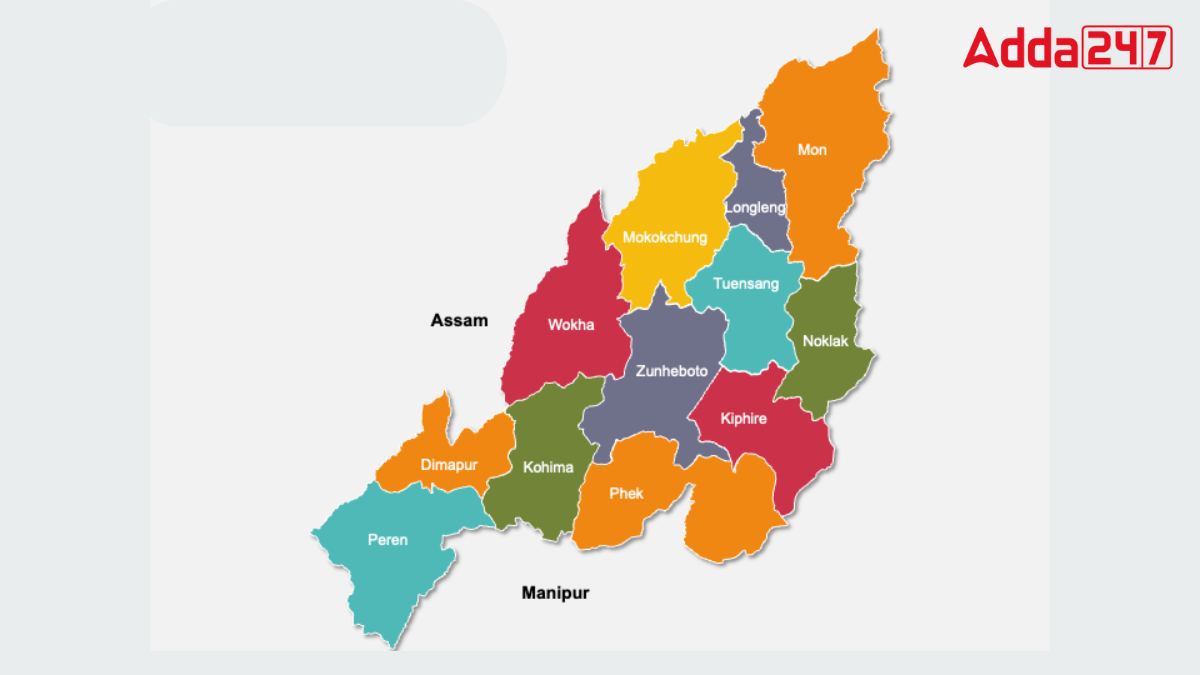Nagaland, a state in the northeastern region of India, is known for its rich cultural heritage and diverse tribal communities. Despite its cultural richness, the state faces challenges in terms of literacy. One district in Nagaland stands out for having the lowest literacy rate, which reflects the broader educational challenges in the region.
An Overview of Nagaland
Nagaland, a small state in northeastern India, is known for its rich cultural diversity, with 16 districts inhabited by 17 major tribes, each with unique customs, languages, and traditions. Bordered by Arunachal Pradesh, Assam, Manipur, and Myanmar, Nagaland covers 16,579 square kilometers. Its capital is Kohima, and the largest city is Chümoukedima–Dimapur. With a population of nearly 2 million, Nagaland is a land of ancient folklore and distinct tribal heritage.
Number of Districts in Nagaland
Nagaland is divided into 16 administrative districts, with Kohima serving as the state’s capital. Dimapur is the largest city and a major commercial hub. Each district is home to various Naga tribes, contributing to the state’s rich cultural and ethnic diversity.
Literacy Rate of Nagaland
Nagaland boasts a literacy rate of 79.55%, surpassing the national average of 73%. The male literacy rate stands at 82.75%, while the female literacy rate is 76.11%. This indicates a relatively strong educational foundation, although there remains a noticeable gender gap in literacy within the state.
District of Nagaland with the Lowest Literacy Rate
Mon, a district in Nagaland, has the state’s lowest literacy rate at 56.99%. With a population of 250,260, including 119,626 literate individuals, Mon faces significant educational challenges. The district’s low literacy rate highlights the need for targeted initiatives to improve access to education and literacy among its residents.
Second District of Nagaland with the Lowest Literacy Rate
Kiphire is the second district in Nagaland with the lowest literacy rate, standing at 69.54%. Out of a population of 74,004, there are 41,232 literate individuals. Despite being higher than Mon’s, Kiphire’s literacy rate reflects ongoing challenges in education, requiring further efforts to improve literacy and educational access in the district.




 Which Country is Known as the Land of Ch...
Which Country is Known as the Land of Ch...
 Which Bird is known as the King of Birds...
Which Bird is known as the King of Birds...
 Which City of Austria is Known as the Ci...
Which City of Austria is Known as the Ci...







